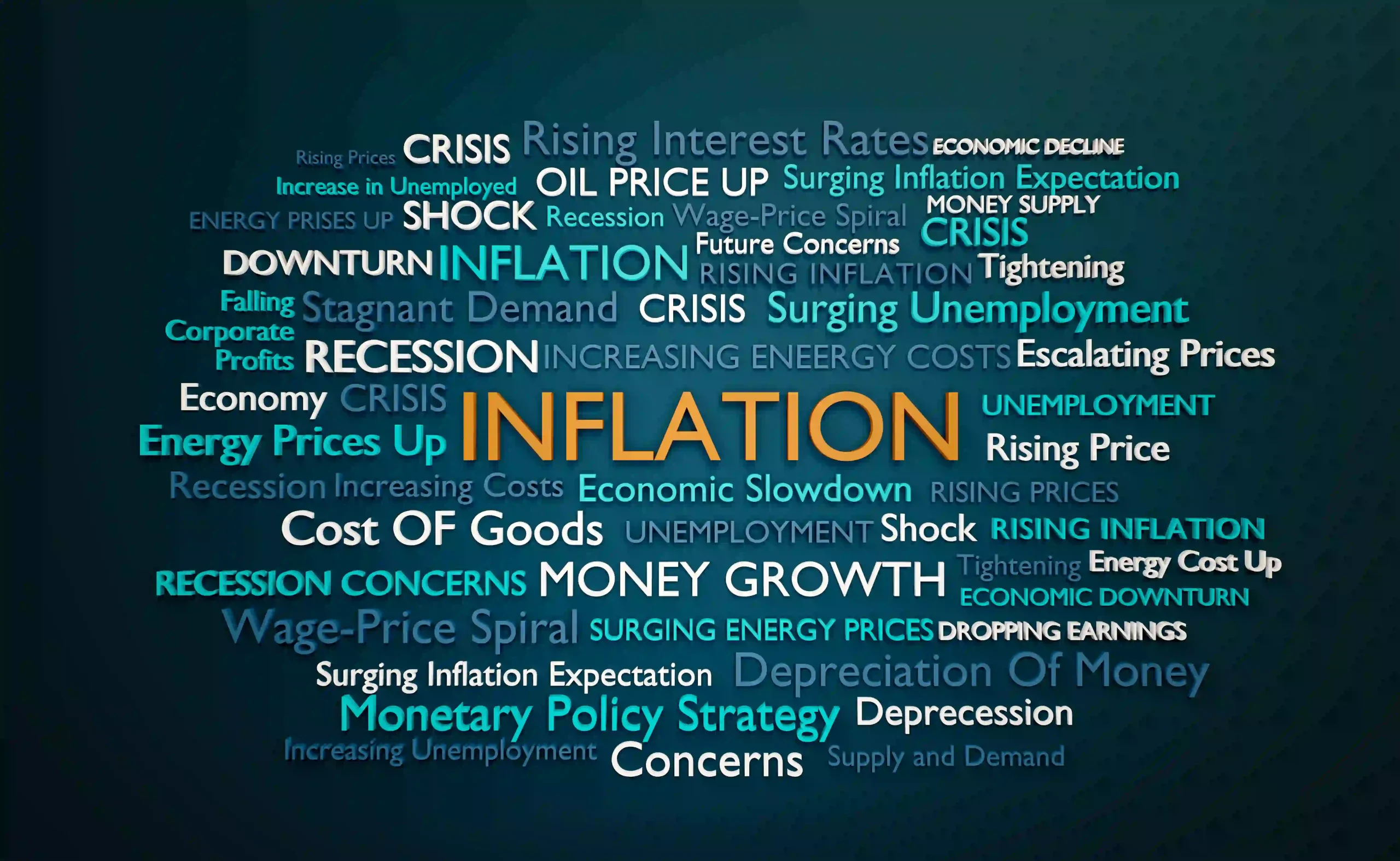The global landscape has undergone a seismic shift since the onset of COVID-19, leaving no industry untouched – including the world of dentistry. Dental practices across the United States are facing unprecedented challenges as they grapple with the aftermath of the pandemic coupled with skyrocketing inflation rates. One of the most pressing issues at hand is the strained relationship between dental practices and insurance companies. As the cost of providing dental care continues to rise, insurance reimbursements have not kept pace, creating a financial quagmire for many practices. In this blog, we will delve into the nuances of this issue and explore actionable strategies that dental practices can implement to navigate these turbulent waters.
The Rising Costs of Dental Care:
The cost of providing dental care has escalated significantly in the post-COVID era. Enhanced sanitation protocols, the need for personal protective equipment (PPE), and increased operational costs have all contributed to this upward trend. Additionally, the rising inflation rate in the U.S., currently at its highest in decades, has further exacerbated the situation. Dental materials, equipment, and labor costs are all increasing, placing a substantial financial burden on practices.
The Insurance Conundrum:
While the costs are climbing, insurance reimbursements are not following suit. Insurance companies are notorious for their slow pace in adjusting reimbursement rates, and the current economic climate has only highlighted this issue. Many dental practices are finding that the reimbursement rates are grossly inadequate, covering only a fraction of the actual cost of treatment. This disparity between rising costs and stagnant reimbursements is creating a financial strain on practices, threatening their sustainability.
The Impact on Dental Practices:
The financial strain caused by the discrepancy between rising costs and stagnant insurance reimbursements is having a profound impact on dental practices. Many are finding it increasingly challenging to maintain profitability without compromising the quality of care. This has led to a domino effect, with practices being forced to make tough decisions such as reducing staff, cutting back on services, or even closing their doors.
Strategies to Mitigate the Impact:
Given the complexity of the situation, dental practices need to adopt a multifaceted approach to navigate these challenging times. Here are some strategies that can help mitigate the impact:
1. Diversify Revenue Streams:
Relying solely on insurance reimbursements is no longer sustainable. Practices need to diversify their revenue streams to bolster their financial stability. This could include expanding services, offering in-house membership plans, or exploring alternative payment models.
2. Advocate for Fair Reimbursements:
Dental practices must take a proactive role in advocating for fair reimbursement rates. This involves engaging with insurance companies, providing them with data on the rising costs of care, and negotiating for better rates.
3. Optimize Operational Efficiency:
Efficiency is key in these challenging times. Practices should conduct a thorough analysis of their operations to identify areas where efficiencies can be gained. This could involve streamlining workflows, investing in technology, or reevaluating supplier contracts.
4. Focus on Preventive Care:
Emphasizing preventive care can lead to better patient outcomes and reduced costs in the long run. Practices should focus on educating patients about the importance of regular check-ups and preventive measures, which can help reduce the need for more extensive and costly treatments down the line.
5. Build Strong Patient Relationships:
Patient loyalty is invaluable, especially in turbulent times. Practices should strive to build strong relationships with their patients, ensuring they feel valued and cared for. This not only fosters loyalty but also enhances the reputation of the practice, attracting new patients.
6. Embrace Technology:
Technology can play a pivotal role in improving efficiency and reducing costs. Practices should explore various technological solutions, from practice management software to tele-dentistry, to enhance their operations and patient care.
7. Reevaluate Insurance Participation:
Practices should conduct a cost-benefit analysis of their insurance participation. In some cases, it may be more financially viable to reduce dependence on insurance and focus on attracting self-pay patients or offering in-house membership plans.
Conclusion:
The post-COVID era, compounded by soaring inflation, has created a perfect storm for dental practices, challenging their financial stability like never before. The discrepancy between rising operational costs and stagnant insurance reimbursements is at the heart of the issue, necessitating immediate and strategic action. By diversifying revenue streams, advocating for fair reimbursements, optimizing operational efficiency, and building strong patient relationships, practices can navigate these challenging times and emerge stronger on the other side. The road ahead may be fraught with challenges, but with resilience, innovation, and a patient-centric approach, dental practices can weather the storm and continue to thrive.


0 Comments